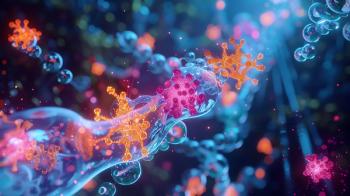
A recent study from the Czech Republic examines the behavior of nanoparticles (NPs) in complex aqueous environments.

A recent review article published in the Journal of Analytical Atomic Spectrometry describes the latest advancements in environmental monitoring while expanding the capabilities of inductively coupled plasma–mass spectrometry (ICP-MS) and laser-induced breakdown spectroscopy (LIBS).

A recent study from the Czech Republic examines the behavior of nanoparticles (NPs) in complex aqueous environments.

A recent study led by Detlef Gunther examined using laser ablation with inductively coupled plasma time-of-flight mass spectrometry (LA-ICP-TOF-MS) in quantifying elements in biotissues of plants.

Here are the top five articles that the editors of Spectroscopy published this week.
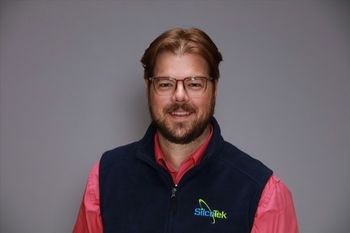
Spectroscopy sat down with Jesse Bischof of SilcoTek to discuss metal ion leaching data measured using inductively coupled plasma-mass spectrometry (ICP-MS).
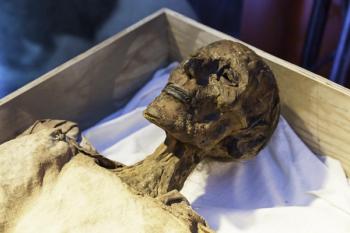
Dulasiri Amarasiriwardena, emeritus professor of chemistry at Hampshire College, Amherst, Massachusetts, and his team have been conducting research using laser ablation-inductively coupled plasma-mass spectrometry (LA-ICP-MS) to investigate trace metal nutrition and exposure to toxic metal(loid) pollutants by studying Andean mummy remains. We sat down with Prof. Amarasiriwardena to discuss his research.

In this review article, the editors of Spectroscopy break down the most recent research and trends using inductively coupled plasma mass spectrometry (ICP-MS).

A R&D chemist at Inorganic Ventures held a presentation at Pittcon about detecting toxic metals in hemp samples using inductively coupled plasma–optical emission spectroscopy (ICP–OES).

In this review article, the editors of Spectroscopy break down the most recent research and trends using inductively coupled plasma mass spectrometry (ICP-MS).

In this edition of “Inside the Laboratory,” John Cottle, PhD, a professor of geology at the University of California, Santa Barbara, and a member of Spectroscopy’s Editorial Advisory Board, discusses his group’s most recent work using “laser ablation split steam” analysis to measure elemental concentrations and isotopic ratios in rocks and minerals.

At the Winter Conference on Plasma Spectrochemistry, Spectroscopy sat down with Robert Jones to discuss how he used ICP-MS to advance the work of the Center for Disease Control (CDC).

At the Winter Conference on Plasma Spectrochemistry, Spectroscopy magazine sat down with John Burgener of Burgener Research Inc. to discuss his career in inductively coupled plasma (ICP) and the importance of accumulating various experiences during your career.

While much is known about arsenic levels in marine fish, not as much research has been done on their freshwater counterparts.

Jörg Feldmann, a professor at the University of Graz, spoke about his team’s research using non-target analysis to analyze per- and polyfluorinated substances (PFAS).
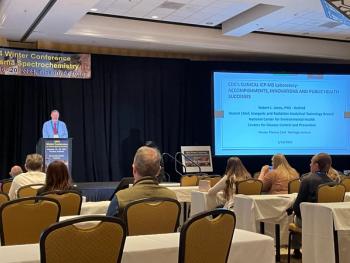
At the Winter Conference on Plasma Spectrochemistry, Robert L. Jones, who recently retired from the Centers for Disease Control and Prevention (CDC), discussed his career at the CDC, and how his work with inductively coupled plasma–mass spectrometry (ICP-MS) assisted in addressing pivotal public health crises.
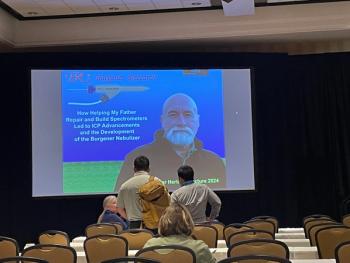
At the Winter Conference on Plasma Spectrochemistry, John Burgener of Burgener Research discussed his work with nebulizers and how it led to advancements in inductively coupled plasma (ICP) and ICP–mass spectrometry (ICP-MS).
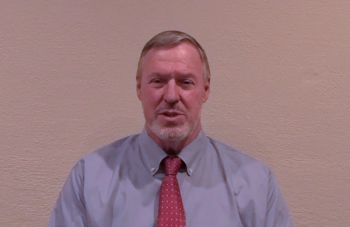
At the Winter Conference on Plasma Spectrochemistry, Spectroscopy sat down with Robert Jones to discuss his career at the Center for Disease Control (CDC), and how their ICP-MS laboratory helped advance the work of the CDC.
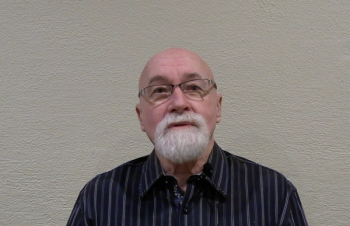
At the Winter Conference on Plasma Spectrochemistry, Spectroscopy magazine sat down with John Burgener of Burgener Research Inc. to discuss his career working with mass spectrometers, inductively coupled plasma (ICP), and developing the Burgener nebulizer.
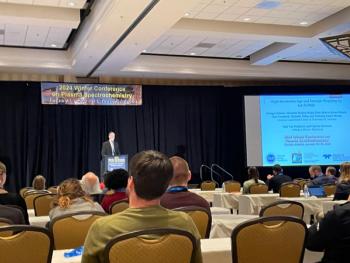
At the Winter Conference on Plasma Spectrochemistry, George Gehrels of the University of Arizona highlighted his work using LA-ICP-MS and elemental analysis techniques to study zircon crystal.

An oral session at the Winter Conference on Plasma Spectrochemistry examines multi-elemental quantitative laser ablation-inductively coupled plasma-time of flight-mass spectrometry (LA-ICP-TOF-MS).
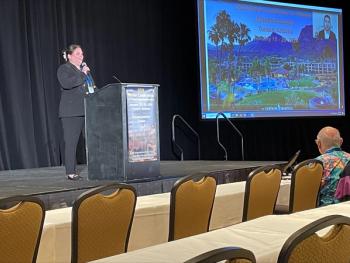
On Monday January 15th at 8 am local time, Eduardo Bolea-Fernández of the University of Zaragoza, in Zaragoza, Spain, was recognized as Spectroscopy’s Emerging Leader in Atomic Spectroscopy for 2024. Here’s a recap of this award session.
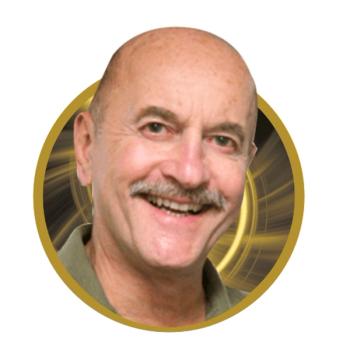
Spectroscopy is publishing a series of feature articles highlighting the lives and careers of the most influential spectroscopists over the past 100 years. These individuals were selected by our Editorial Advisory Board and the editors to represent the leading figures in spectroscopy over the century. Our first featured Icons of Spectroscopy Laureate is Professor Gary Hieftje.
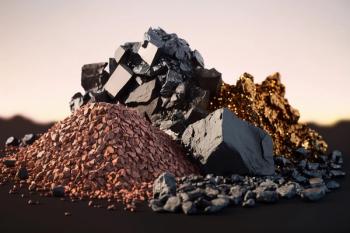
The article describes a method for geochemical sample analysis using polytetrafluoroethylene (PTFE) crucibles and ICP-MS, achieving detection limits below 0.2 μg/g and relative standard deviations ranging from 1.1% to 16.4%. The approach minimizes acid usage, prevents dust contamination, accurately determines volatile elements, and is deemed suitable for high-throughput laboratories with numerous samples and diverse elements to be tested.
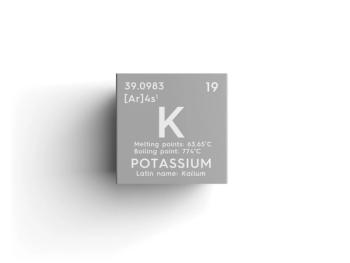
In a new study, a group of scientists investigated the potassium isotopic composition of different plant reference materials using multi-collector inductively coupled plasma mass spectrometry (MC-ICP-MS).
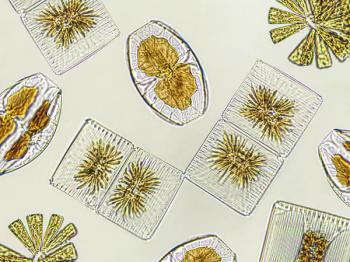
Using single-cell inductively coupled plasma mass spectrometry (SC-ICP-MS), scientists from Kanazawa, Japan created a new method for detecting cadmium in marine phytoplankton.
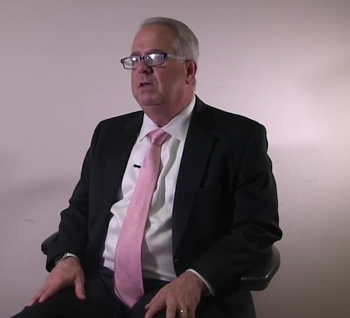
At the Eastern Analytical Symposium in Princeton, New Jersey, John McLean shared his thoughts about his career in mass spectrometry.